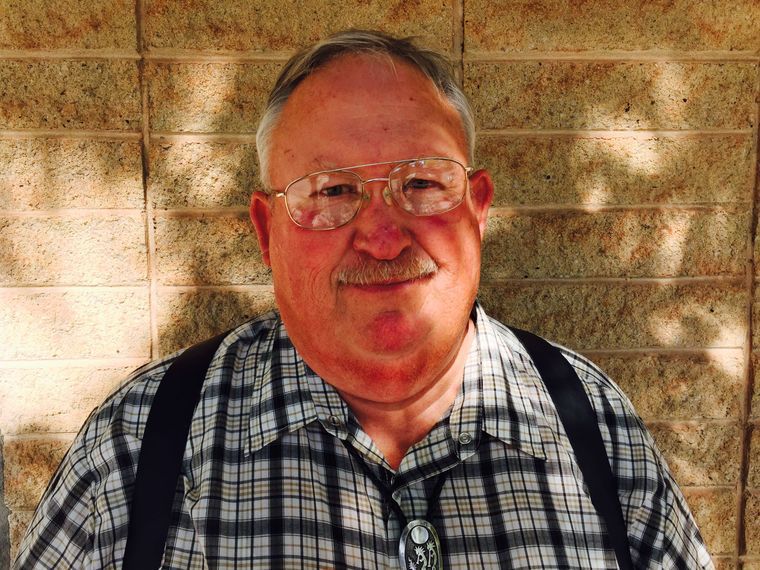Some information may be outdated.
The impact of recreational tourism is taking a heavy toll on rural communities and surrounding public land in the state of Utah, and it is time to recognize that these smaller communities cannot alone continue to bear the heavy burden of providing local taxpayer support for infrastructure, search and rescue, medical, law enforcement, and other critical services.
According to research, tourists spent nearly $8 billion in Utah last year, and state officials often give much of the credit to the “Mighty 5” advertising campaign, which has attracted visitors to come see Utah National Parks. In addition to this, the recreational economy is booming, but is it sustainable in terms of its direct human impact to local communities and the land?
In 2016, the number topped 1.5 million at Arches National Park. It is estimated that more than 2 million tourists now visit the town of Moab each year and people often recreate outside the park boundaries on weekends. Several yearly bike events are held, attracting enthusiasts from all over the country. Rather than rail against this growing recreational diaspora of weekend enthusiasts, there needs to be a change in the perception that our public lands can freely accommodate everyone without further investment.
ATV, UTV and motorcycle recreation is popular in the area. Anyone operating a machine is required by law to pay a yearly OHV fee of $30 if they operate on public lands. A user may be fined if they fail to have a machine properly registered. In contrast, those who ride off road using bicycles have no such requirements. OHV funds are used in a variety of ways. Federal agencies can apply for needed equipment to maintain roads and trails, build infrastructure for toilet facilities, purchase trail signs, and provide education for proper OHV use. Local city and county entities are also able to access these same funds as well by contacting the state agency receiving the money, which distributes the funding where needed. The collected funds cannot be used for bike trails or other non-motorized impacts. In some ways, this tends to create a little friction because some OHV users complain that bike enthusiasts are not paying their fair share in helping to take care of the public lands as they often use the same existing roads, trails and facilities.
People coming from urban areas often camp on the public land to avoid staying in designated campgrounds to save a little money. These are active healthy people with an adventuresome nature so sleeping outside in the out-of-doors doesn’t bother them. Compared to a 4×4, ATV, UTV or motorcycle, the cost can be much less for those who want to recreate on the cheap. The sheer numbers of these riders are adding to the local impact on public lands and it may be time to start charging them like other users.
Near Moab is the Sand Flats Recreational Area where the famous Slickrock bike trail exists. Sand Flats offers a few different types of day use passes. Enter in a private vehicle and you have the option of purchasing a one-day pass for $5 or a seven-day pass for $10. Enter by bicycle, motorcycle or via shuttle and the cost is $2 per day or $5 for seven days. Sand Flats also charges a vehicle trailer fee of $5. The Bureau of Land Management (BLM) Moab Field Office maintains over 26 formal campgrounds and hundreds of other places in the Moab area for which it is responsible. Sand Flats is unique because fees are charged and it helps pay for needed improvements.
Since there are only a small number of regulated campsites with available toilet facilities, there is great concern that local watersheds and streams are being threatened from the lack of infrastructure. Directly below the Slickrock recreational area is an important water source for Moab. Mill Creek Canyon is a popular destination to swim and relax in seeking refuge from the 100-degree-plus temperatures to cool off from in the hot summer months. There are no toilet facilities further up the creek, which is potentially problematic with the increasing number of people coming in. Because Mill Creek is unregulated and congested at times, there is currently no way to monitor proper waste disposal and a real problem is occurring. Facilities desperately need to be added up Mill Creek Canyon and surrounding areas and unless something changes, the danger of a heavily polluted landscape will lead to trail closures and land degradation.
A new way of looking at public land needs to start happening to address the problem of recreational tourism. Add a modest bike fee to off-road users. Money collected could be used for roads and trails. as well as development of waste facilities in the back country. Legislation similar to what OHV uses are required to have needs to be enacted with bikes so that funds will be available to meet existing needs to help improve and sustain a thriving economy on Utah’s public lands.
Kelly M. Green is a lifetime resident of Southeastern Utah. He is a retired licensed Clinical Social Worker with over 30 years of experience in health and human services. Poet, author, grandfather and outdoorsman, Kelly is a strong advocate for multiple use on public lands and is active in promoting a responsible and balanced approach to public land use.
Appreciate the coverage? Help keep local news alive.
Chip in to support the Moab Sun News.



